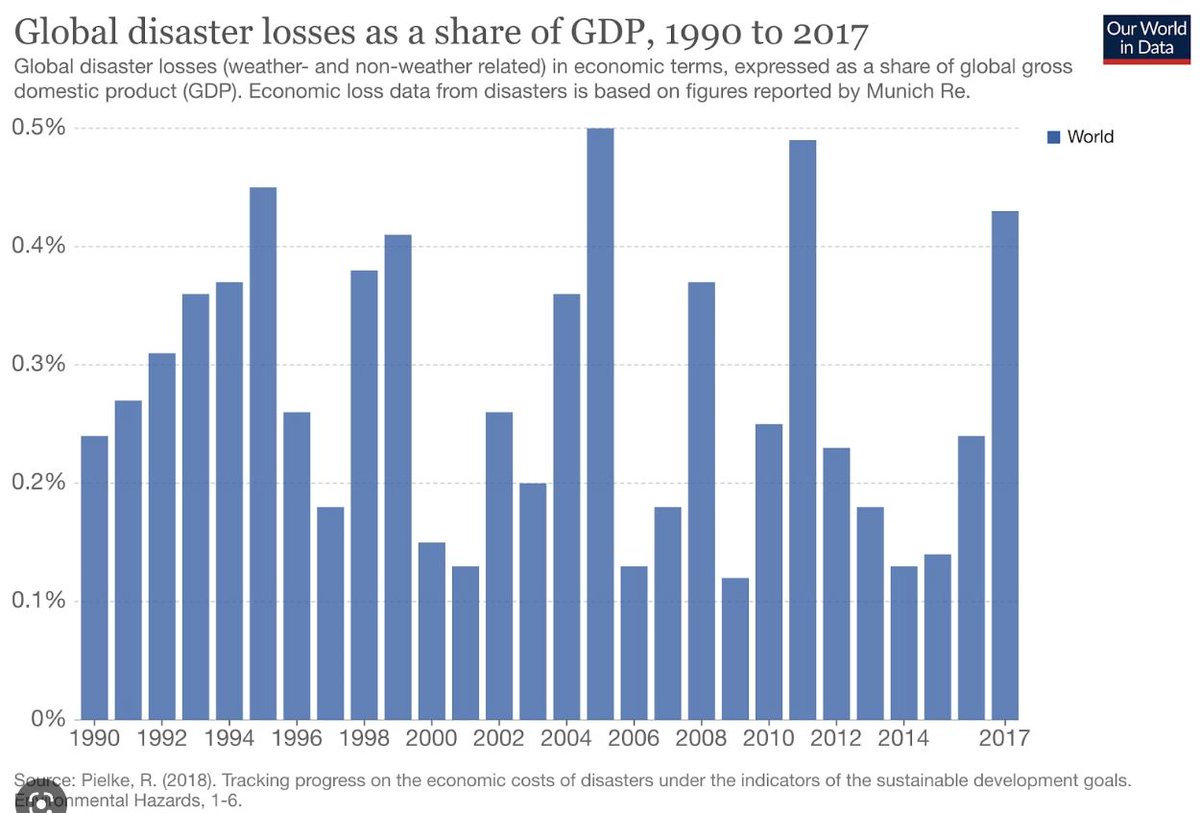A flood event in Italy is not climate it's weather. There has been a decrease in floods in #Italy since 1950. #italyflood #italyfloods
Source: data.4tu.nl/datasets/5555a…
Source: data.4tu.nl/datasets/5555a…

Fires in Canada are not climate they are weather. Fires in Canada have decreased since 1989. Source: cwfis.cfs.nrcan.gc.ca/ha/nfdb #CanadaFires #AlbertaWildfires #climate 

Stop catastrophizing every weather event you relentless fear-mongers... And learn the difference between a weather events and climatic trends. 🤦♂️
• • •
Missing some Tweet in this thread? You can try to
force a refresh

 Read on Twitter
Read on Twitter








